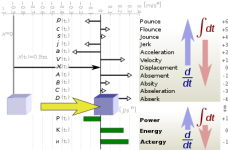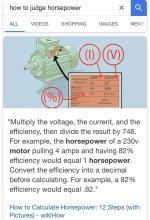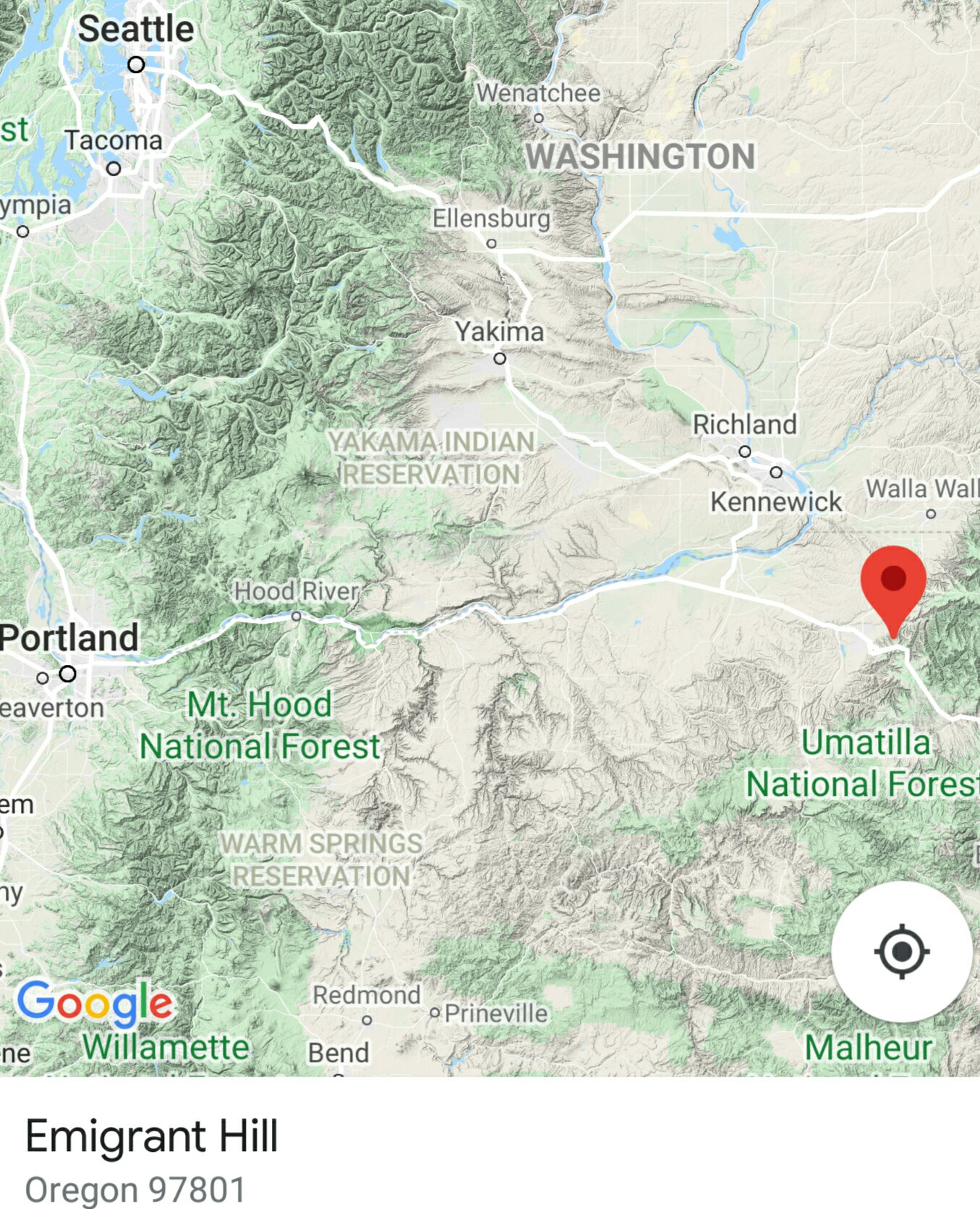I believe wrt abiding a high torque power train, nothing beats the 14-gear Rohloff Speedhub at a 526% range, rated for 130 N.m
Please correct me if that's wrong, happy to hear about other non-derailer options like Shimano / Alfine, Sturmey Archer ? and others, maybe even DIY ?
I would like to verify through experimentation, which motors are well suited to couple with a Speedhub, so that their max torque is not **too** much higher than what the IGH can withstand,
intention is to use tuning to limit the mechanical power (via phase amps?) to just below the shear point,
e.g. with a cargo rig at 400+ lbs, standing start on a long steep hill.
I've learned that torque is not simply a matter of weight / slope and motor power, but depends a lot on ramp-up and other factors.
For example much more stringent limiting is required for throttle control, as opposed to PAS. I assume that outside of sophisticated FOC type controllers like Nucular, the CAv3 would be used for that limiting function.
My understanding is that the Rohloff design includes precisely engineered shear pins that act as "torque fuses", purposefully sacrificed in order to protect the expensive gearing inside.
Does anyone have an informed opinion on how fail-safe these would be, to allow for repeated destructive testing?
If breaking the pins is too risky a test method, is there another kit setup / tool that could be used to measure that torque at the IGH input in a way that would closely replicate it?
I am looking at the Lightning Rod "big block" vs XL models, other mid-drive suggestions most welcome.
Separate topic really.
If it turns out that more than 130 N.m is required for my use case, could one of those, as right-hand chain drive, be configured to "bypass" the IGH to power the rear wheel directly
and thus the Rohloff only powered by leg muscle energy and/or a second, lower power motor?
One of my base options is to start off with a strong steel tandem frame, so two BB-based motors might be possible?
Please correct me if that's wrong, happy to hear about other non-derailer options like Shimano / Alfine, Sturmey Archer ? and others, maybe even DIY ?
I would like to verify through experimentation, which motors are well suited to couple with a Speedhub, so that their max torque is not **too** much higher than what the IGH can withstand,
intention is to use tuning to limit the mechanical power (via phase amps?) to just below the shear point,
e.g. with a cargo rig at 400+ lbs, standing start on a long steep hill.
I've learned that torque is not simply a matter of weight / slope and motor power, but depends a lot on ramp-up and other factors.
For example much more stringent limiting is required for throttle control, as opposed to PAS. I assume that outside of sophisticated FOC type controllers like Nucular, the CAv3 would be used for that limiting function.
My understanding is that the Rohloff design includes precisely engineered shear pins that act as "torque fuses", purposefully sacrificed in order to protect the expensive gearing inside.
Does anyone have an informed opinion on how fail-safe these would be, to allow for repeated destructive testing?
If breaking the pins is too risky a test method, is there another kit setup / tool that could be used to measure that torque at the IGH input in a way that would closely replicate it?
I am looking at the Lightning Rod "big block" vs XL models, other mid-drive suggestions most welcome.
Separate topic really.
If it turns out that more than 130 N.m is required for my use case, could one of those, as right-hand chain drive, be configured to "bypass" the IGH to power the rear wheel directly
and thus the Rohloff only powered by leg muscle energy and/or a second, lower power motor?
One of my base options is to start off with a strong steel tandem frame, so two BB-based motors might be possible?




